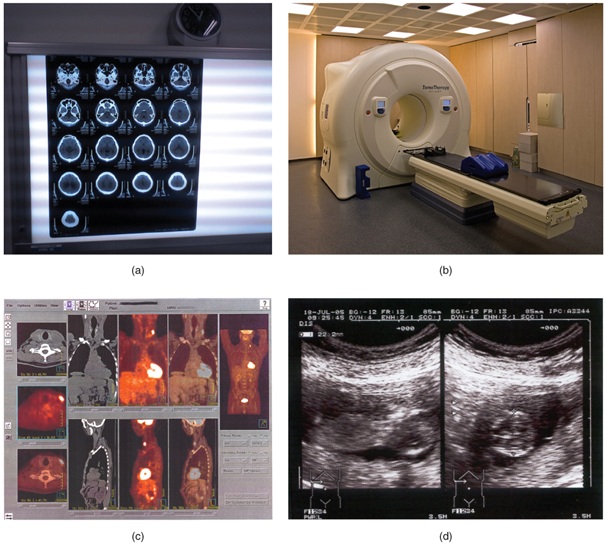
Three Exciting Medical Technologies for 2016
Medical technology is developing at an ever faster pace, and it can often be challenging to keep up to date. Often exaggerated claims are made in the press, and this can mislead patients and give false hope. Here are a few new uses of technology that should see real benefits for people suffering from debilitating illnesses.
Non-Invasive Diabetic Assessment
Several groups have been researching new transdermal technologies to deliver insulin through the skin without the need for injections. The long-term use of needles for both taking blood samples and injecting insulin is a particular challenge for the significant numbers of diabetics. Insulin patches are currently being trialled that either deliver treatment slowly over time or in one quick bolus, depending on need. In some cases, sound energy is being used to help get the large insulin molecules past the very effective skin barrier. Whilst these patches are still at the testing phase, it is hoped that they will be more widely available once their technology is proven to be effective. Other developments include novel transdermal sensors that can monitor blood glucose levels and sound an alert when these levels go out of the safe range.
New Transformer Technology
As new medical devices are developed, manufacturers are looking to increase safety and energy efficiency. One way to achieve this is to use toroidal transformers, which increase energy-efficiency by converting electrical power to a high-voltage and low-current mode. These components are used in many of the emerging medical devices.
The toroidal transformers by Siga also have much lower electromagnetic interference, which is of great benefit in modern high-frequency medical devices.
Prevention of Chemotherapy Hair Loss
One very distressing side effect of chemotherapy is the rapid hair loss that can often affect many people. Many patients are now being offered scalp cooling, either through a cold cap worn during chemotherapy treatment or via a specially designed hat that is attached to a cooling system. Although it is hard to predict who will benefit most from this technology, studies have shown that the rate of hair loss is much lower than with standard chemotherapy regimes. Healthcare professionals will now discuss the options for scalp cooling with patients before they commence chemotherapy so that individuals are able to make the best choice for their care.

Leave a reply